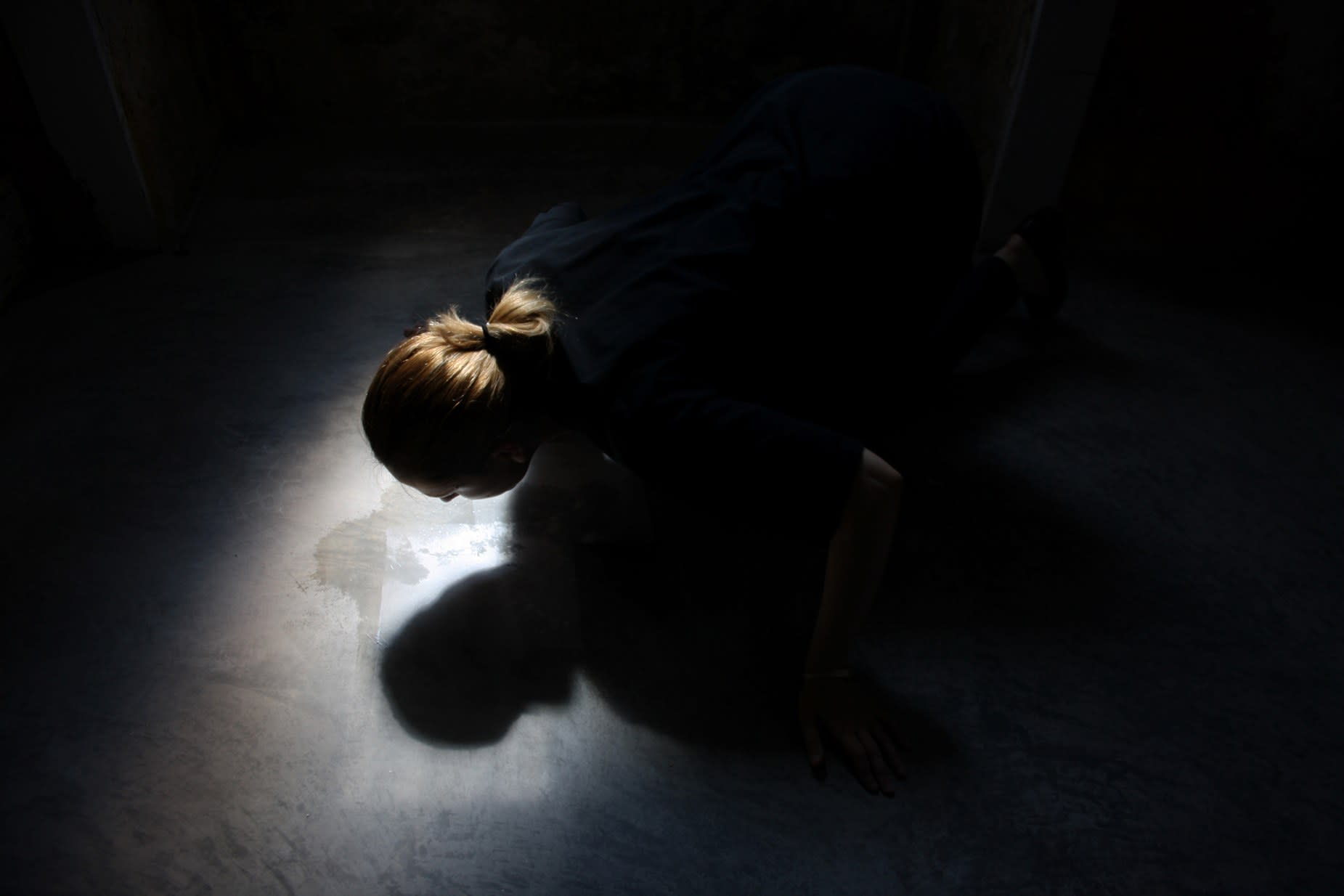Research Project Title: Mute legacies: Silent Practices of Resilience.
Supervisor(s): Dr Nicky Coutts, Professor Jo Stockham
This practice-led research focuses on the relationship between power and the exercise of speech. It considers connections between silence and the body that form a space where vulnerability and social injustice become manifest. It examines these through ideas of muteness.
I trace evidence of this relationship back to my own childhood and the history of my country, Portugal, since 1974, following 48 years of fascist dictatorship under the Estado Novo (‘New State’) regime of António de Oliveira Salazar and his successor, Marcelo Caetano. It is precisely this cultural and political legacy that increasingly prevails as this project develops and eventually comes to inform (demand) an art practice that tends towards a ‘poor’, minor, and precarious aesthetic, posing questions of value and permanence. In this research, ‘muteness’ is thus itself a question. Why are these legacies mute? Yet the aim of this PhD is neither to revisit the past nor to uncover this long period of silence. Instead, I ‘walk nearby’, revolving around personal memories and experiences, to address that which has largely fallen outside of speech, sight and authority – namely, poverty and illiteracy.
This study seeks to offer new insights into silence and also into new art practices that explore and interrogate static notions of legacy as a means of demonstrating resilience. It questions whether an art practice can meaningfully both escape and contest authoritarian and dominant narratives through muteness.
I set out to explore the possibility of muteness as both a subject and a methodology of research through an art practice that explores writing and its silences and through work consisting of prints, videos and installations that privilege the fragile and provisional.





![[untitled]](https://res.cloudinary.com/rca2020/image/upload/f_auto,h_1453,w_1920,c_fill,g_auto,q_auto/v1/rca2021/60c4e7e0a98c7847e5b0e7f4-279276?_a=AXAH4S10)
![[untitled]](https://res.cloudinary.com/rca2020/image/upload/f_auto,h_2560,w_1896,c_fill,g_auto,q_auto/v1/rca2021/60c4ebb3a98c7847e5b6ecdd-329842?_a=AXAH4S10)
![[untitled]](https://res.cloudinary.com/rca2020/image/upload/f_auto,h_2560,w_1896,c_fill,g_auto,q_auto/v1/rca2021/60c4ebb3a98c7847e5b6ecdd-346481?_a=AXAH4S10)


![Dancing Grains [Stills]](https://res.cloudinary.com/rca2020/image/upload/f_auto,h_676,w_1175,c_fill,g_auto,q_auto/v1/rca2021/60c4edd2a98c7847e5b9ce4e-796308?_a=AXAH4S10)
![[untitled]](https://res.cloudinary.com/rca2020/image/upload/f_auto,h_691,w_1202,c_fill,g_auto,q_auto/v1/rca2021/60c4edd2a98c7847e5b9ce4e-818628?_a=AXAH4S10)
![[untitled]](https://res.cloudinary.com/rca2020/image/upload/f_auto,h_1344,w_1920,c_fill,g_auto,q_auto/v1/rca2021/60c511a9a98c7847e5ee251e-416540?_a=AXAH4S10)



